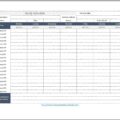Printable graph paper is defined as a paper that is already designed with some fine lines arranged in a definite way such as a scale or table. These tables are used for drawing mathematical functions, and figures or producing accurate diagrams. Graph paper that can be printed out from different web pages is available in a variety of formats (PDF, Word, Excel), which makes it possible for one to adjust the paper he uses without purchasing the real one. It finds its application in mathematics, engineering, design, and art when measurements are needed extensively on both axes while drawing something.
Professionals using documents from mathematics to engineering and design have been using Graph paper as a must-have for a long period of time. Though one can easily obtain usual graph papers from shops, they may not always be customized for the user. Should your goal be coming up with detailed engineering plans, drawing a mathematical function, or simply jotting down what might become your next big thing, then you will find tailor-made printable graph paper very useful. Thanks to current technological advancements you have the ability to make yourself printable graph paper which fits perfectly into any specific dimensions you want making it easy to use because it is accurate.
Here you can download these Printable Graph Paper Templates for easy access.
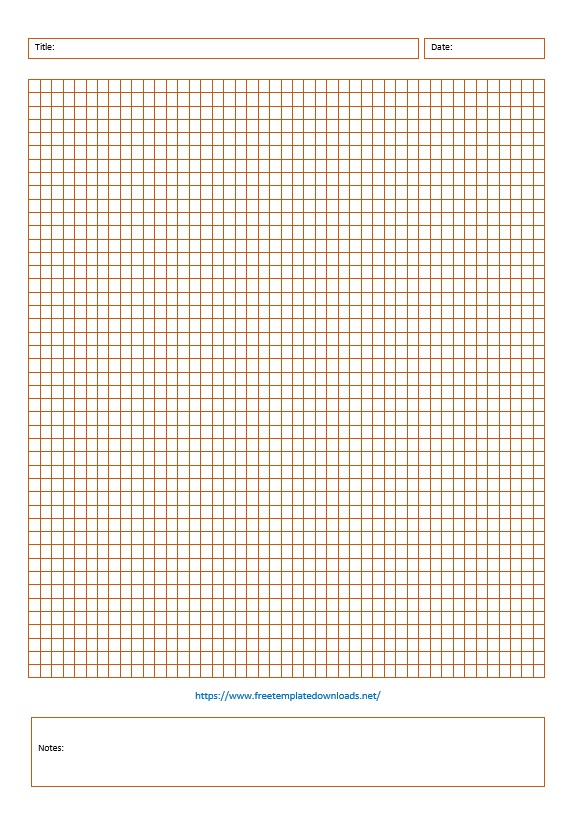

source: OfficeTemplates.org
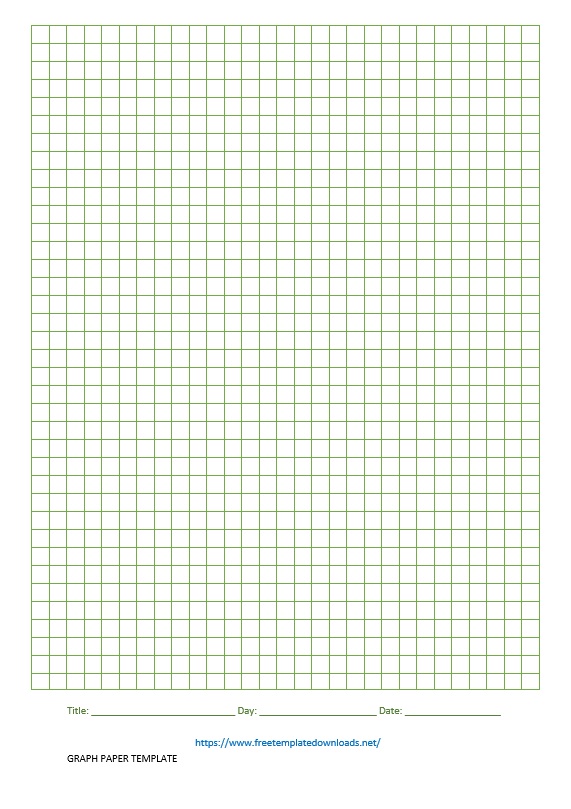
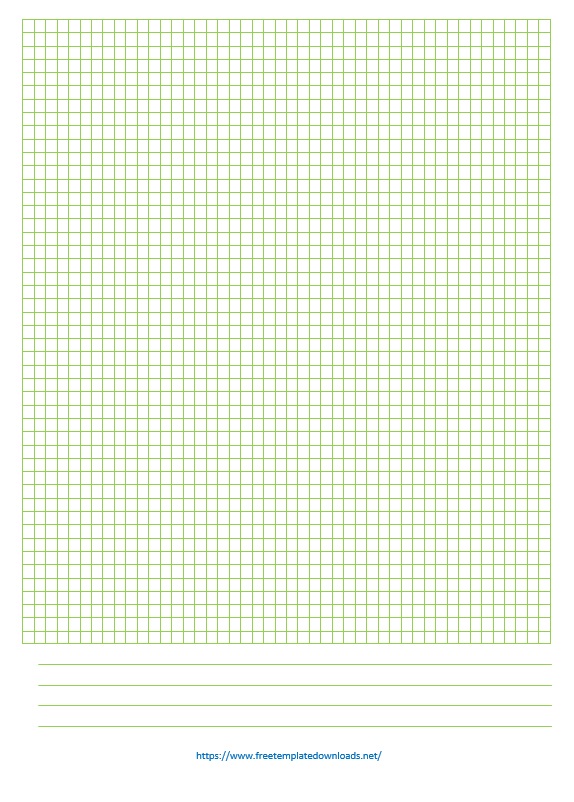
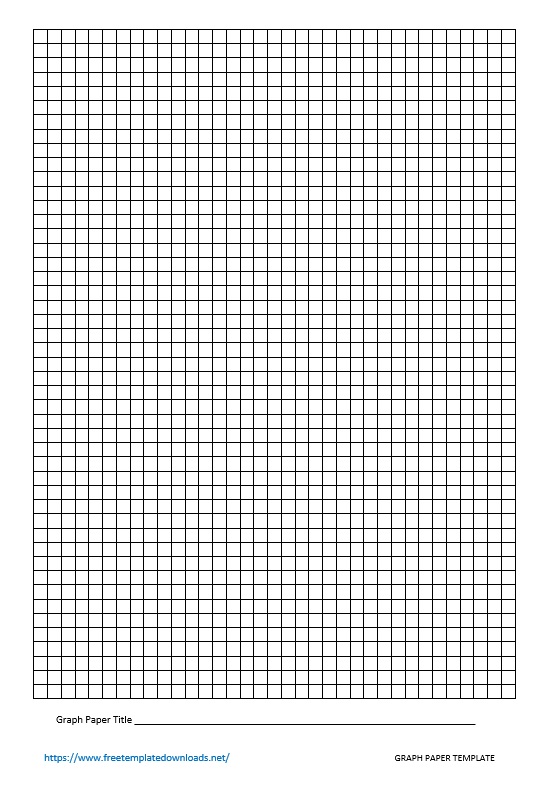
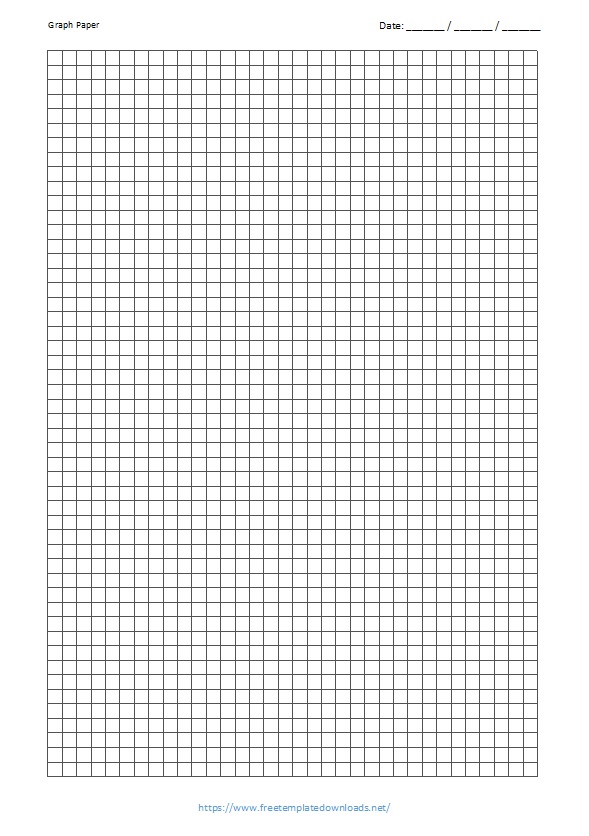
Understanding the Different Types of Graph Paper
Before we get into customization, it is crucial to know the different types of graph papers and how they are used. This knowledge helps you make it best suited to your requirements.
- Standard Cartesian Graph Paper
This is actually the most popular version which consists of square grids. Commonly, they are used for plotting points on a Cartesian plane during mathematical studies. One millimeter up to one centimeter squares are the normal sizes for standards that apply considering how much detail should be included. - Isometric Graph Paper
Ideal for the drawing of three-dimensional objects like architectural and engineering designs, it is useful in design fields such as 3D modeling and technical drawing due to this graph paper having a series of equilateral triangles. - Logarithmic Graph Paper
Designed for plotting logarithmic functions, linear graph paper is useful in physics, chemistry, economics, and other fields with non-linear relations between variables. - Polar Graph Paper
Polar graph paper is made up of concentric circles and radial lines so that people can plot polar coordinates. It is frequently employed in mathematics and physics as a medium for mapping out circular or wavelike patterns. - Engineering Graph Paper
It is also known as engineering paper or grid paper, and usually consists of light-colored squares. Engineering and technical professionals often use this for making detailed sketches which may serve as guides for constructing projects.
When you decide on the type of graph paper that meets your requirements, you should modify it to fit your project. It permits the adjustment of dimensions, scaling, and organization so that it specifically meets the needs of your task.
Step 1: Determine the Grid Size and Scale
When designing graph paper, choose the right grid size first, it is the most important part. It all depends on how much information you need to put into your drawing. For instance, if you are working on a detailed engineering drawing, then you need a smaller grid so that all the tiny features can be accommodated. But if just doing simple patterns or plotting huge graphs, then it may require a larger one.
- Fine Details – Small Grids
Grids measuring between 1mm and 5mm square have defined edges that make them prized when working with exactness. Gridding is ideal in circuit diagrams, technical drawing or any other applications where small elements need to be represented correctly. - General Use – Medium Grids
Grids ranging in size from 5-10 mm are generally suitable for basic doodling, school projects, or art-making purposes. They work well as they can be used in many different ways and allow for precision without becoming cumbersome. - Large Scale – Large Grids
Grids with 1 cm spacing and more help for visualizing big designs or graphs in fields such as architecture design and landscaping planning, and when showing visual data where finer details do not matter much.
It is also important to note that changing the scaling on a graph may prove useful, especially in technical aspects.Conversely, scales being used by engineers are able to convert some specified grid sizes into true life dimensions which in turn can lead to good references from paper work to actual task.
Step 2: Choose the Line Weight and Color
How your graph paper looks like is also significant, especially if you are working with fine-grained or multilayered design but more importantly before changing its looks here’s how different graph paper templates can help. You can make different line weights out of a number of graph paper templates like that one that we have just seen—thicker or thinner ones according to preference and these are what you need most when dealing in such cases as shown below. In this situation, where the grid should not interfere with what you are doing, it is vital that the thickness of these grids be small in size so as not to act as distractors during your work.
Equally important the color of the line can influence its overall effect; hence it would be safe to say that many people prefer using light-colored lines often soft grays or even pale blues since they serve as guides that are not too loud as far as drawings made on papers are concerned are concerned while working with such surfaces in offices (Woller et al., 2012). In some cases like when one wants his drawings looking like those of architects who use pencils then one uses darker ones.
Step 3: Include Custom Annotations or Headers
Another way to personalize your graph paper is by adding annotations or headers directly onto the sheet. This can be particularly helpful for lab work, technical drawings, or school assignments where you may need to track important details, such as titles, dates, or measurements.
Some online tools and software allow you to place pre-set markers on your graph paper, such as X and Y-axis labels, scale indicators, or even custom text blocks. For example, if you frequently plot graphs for physics experiments, you can include headers such as “Time (s)” and “Distance (m)” directly on the paper, saving time and reducing errors.
Step 4: Select a Format for Printing
Once you’ve designed your customized graph paper, the next step is selecting the right format for printing. Most tools allow you to export graph paper in a variety of file formats, such as PDF, Word, or Excel. Each format has its advantages:
- PDF is the most versatile and printer-friendly option, ensuring your graph paper maintains its integrity across different devices.
- Word is ideal if you plan to annotate or modify the graph paper further using word processing tools.
- Excel is a smart choice for anyone working with data that may require adjustments or modifications, as the grid structure naturally complements spreadsheet design.
Step 5: Test and Iterate
After printing your customized graph paper, it’s essential to test it before using it in your final project. Ensure that the grid size, line weight, and other features align with your expectations. In some cases, you may find that adjustments are necessary. For example, you might discover that the grid is too small for your drawings or that the line weight is too thick for your calculations. Customization is an iterative process, so don’t hesitate to make tweaks based on your test results.


